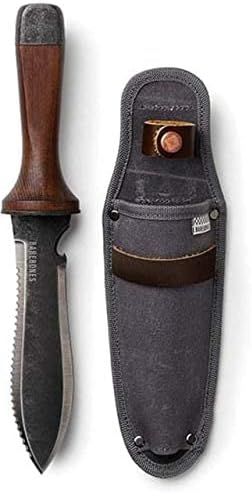
Waking up with bumps all over your arms is never fun–but today’s nasties REALLY itch! Not poison ivy, I have that elsewhere and it is now going away within a few days. I’m guessing rose thorns. I pulled a few branches out without using my faithful Gardening Sleeves. They really work! If you wear them.
So the day started with a spray of Ivarest, a slather of calamine lotion and some waiting while it dried. Having time to think, I did work out a perfect system for dealing with the rosy beasts. I cleared this area today…
Before: (hang on to your seat, I turned the camera and it’s a bit of a roller-coaster ride.) There was so much rose overgrowth, I could not see any of the other trees underneath. The roses were in bloom, so it was a little tough removing the cascades of beautiful flowers. But. We are not friends. Once I saw the trees beneath that had been crushed under the weight, it was easy to ignore my initial impression.
AFTER
As I am removing manually, trees saved include a huge Elderberry, Spice Bush, Wild Yam, Skunk Cabbage, beds of Wild Geranium, 2′ tall Jack in the Pulpit, and several larger species. We are now “down to the river and halfway through the worst bed of roses. This was covered 100% by white rose flowers and dense branches of thorns.




First, trim far-reaching small branches using long handled pruners.
Tie around themselves into a bundle. Place on pile (on tarp if possible.)
Cut base/trunks to stumps.
Brush with herbicide.
Cut branches with long-handled pruners.
Pull branches, holding the thickest part of the new cut.
Pull from trees. Gently. Unlike other vines, not a leaf was lost and roses do not seem to wrap into the bark.
Bend, snap and bind branches around themselves into a bundle.
Lay on or at one end of a tarp.
As you pile the brush, I used the handle of the long pruners to roll the pile toward me, onto the tarp.
Roll tarp.
Stomp on it.
Tie and drag it out.
Not a prick through the entire process. It takes time, but moving slowly avoids wasted time untangling from hungry thorns.







